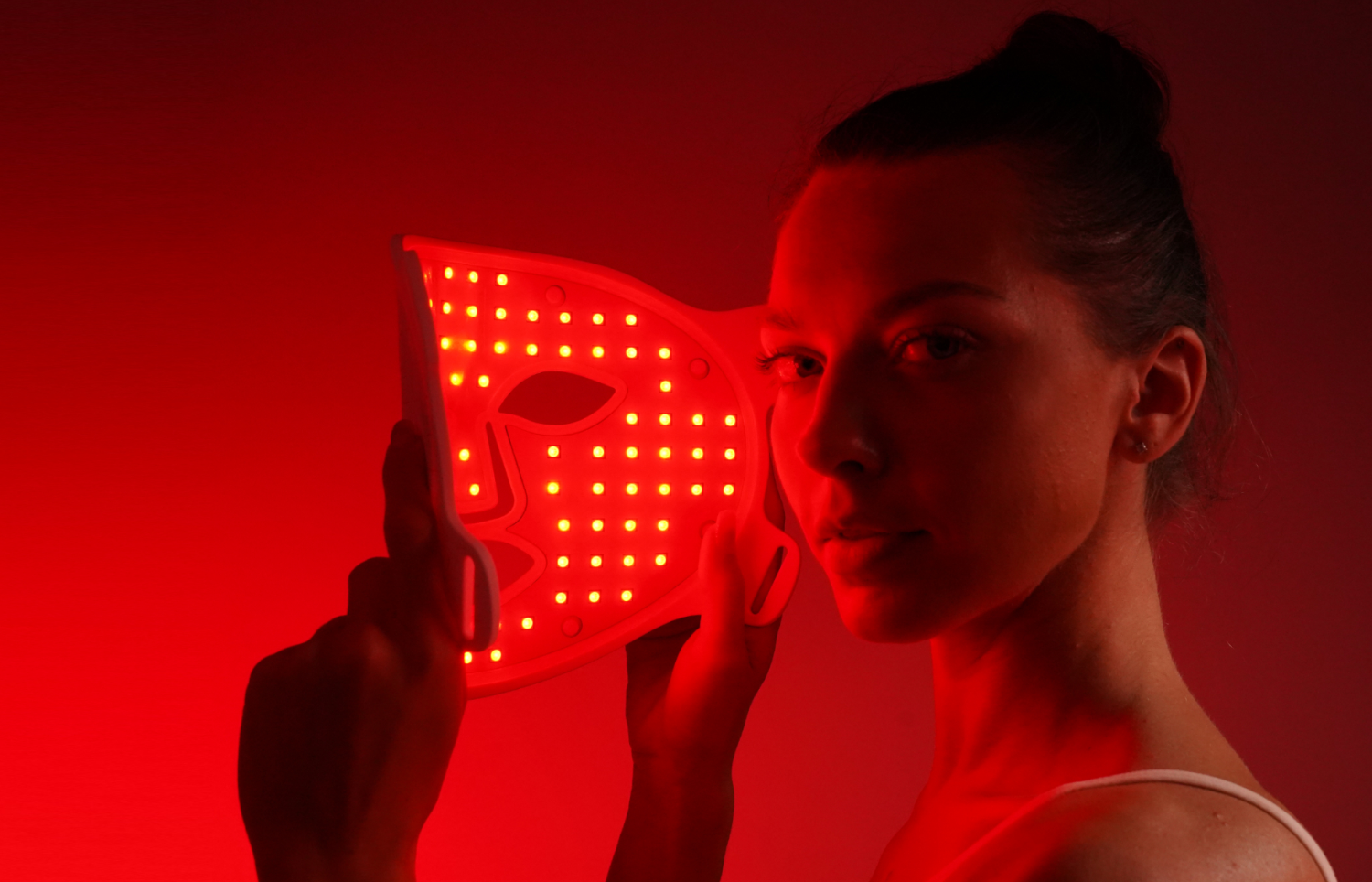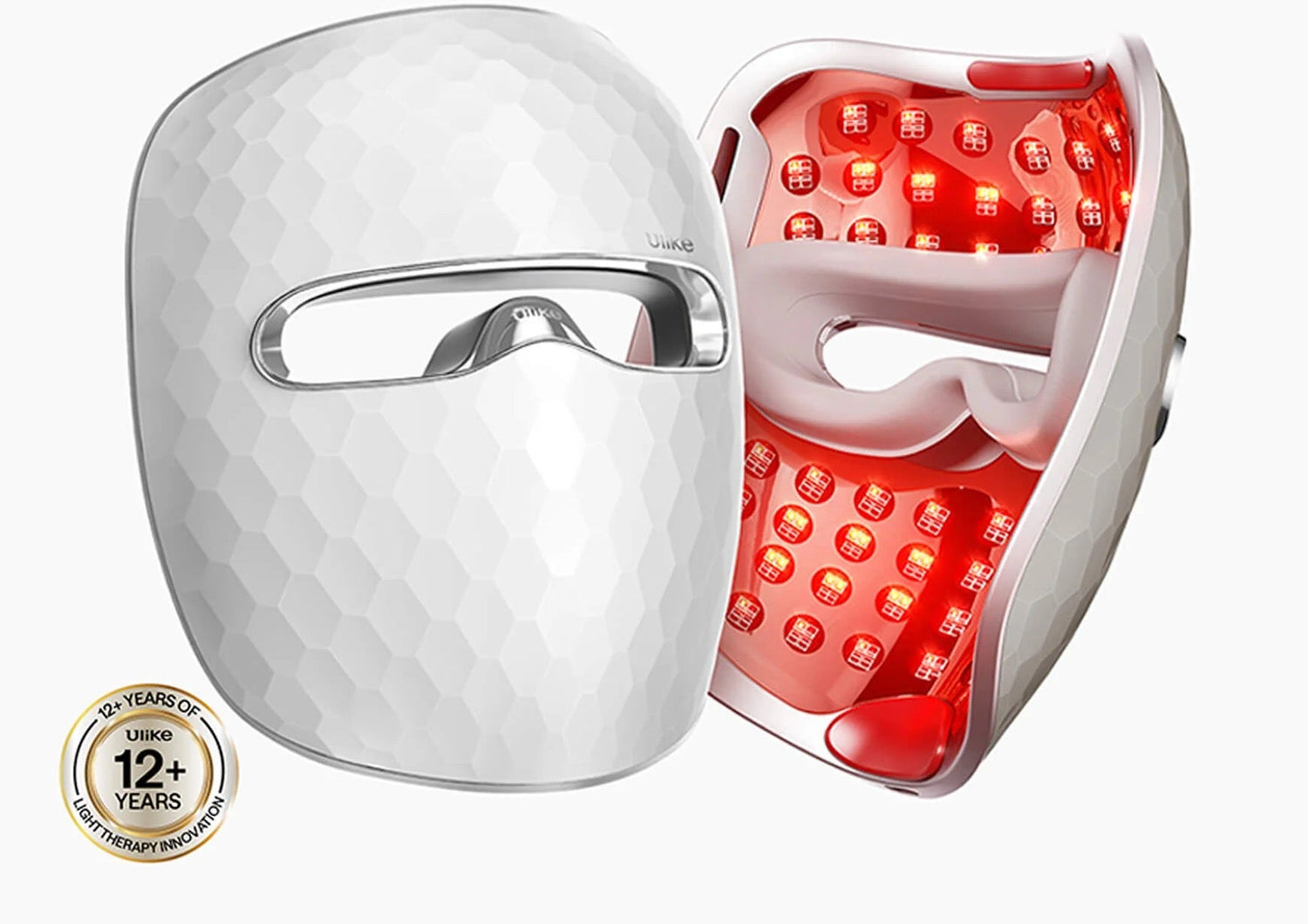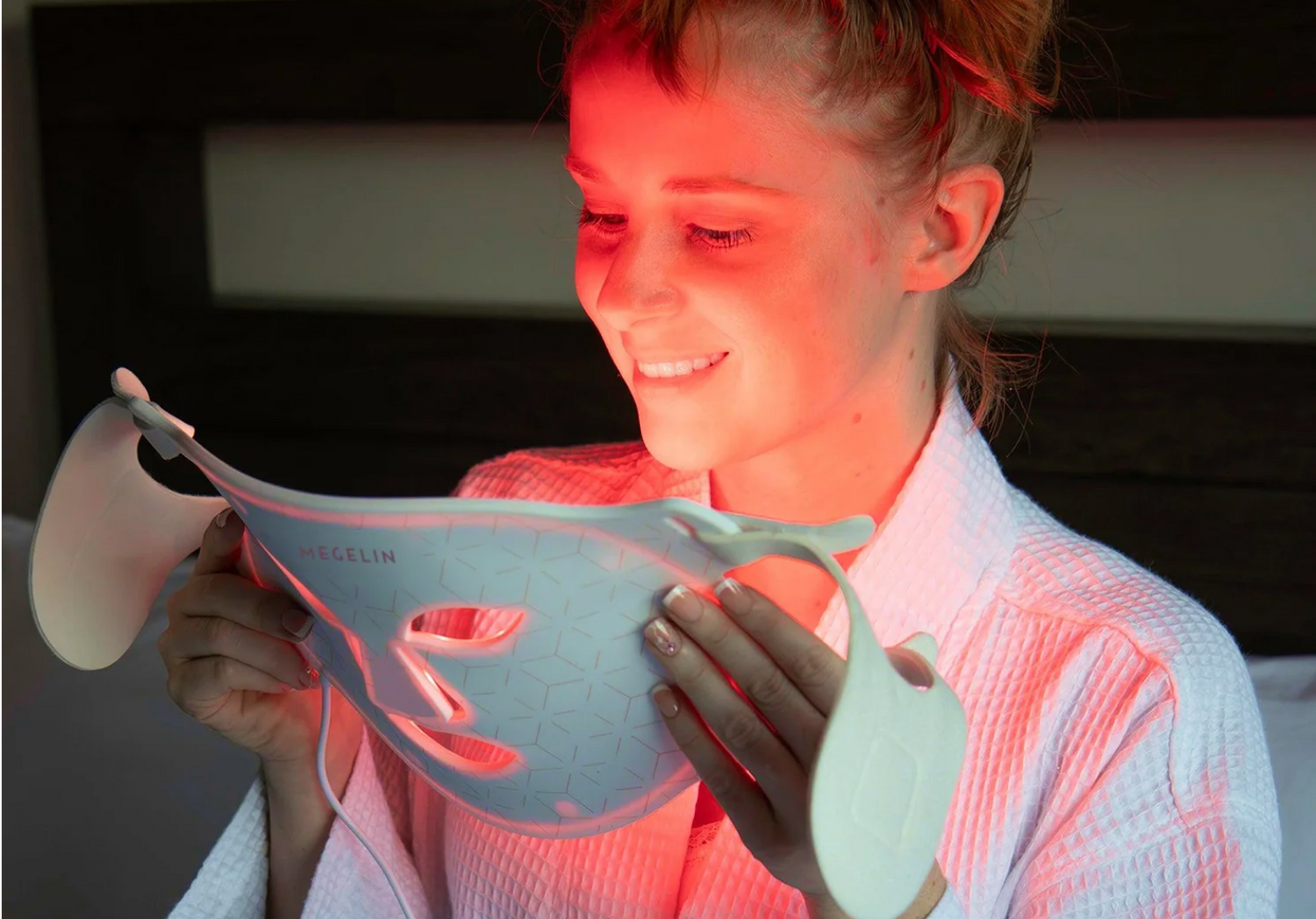
Healing Rotator Cuff Injuries with Red Light Therapy
megelinbeautyAre you struggling with a persistent shoulder ache that limits your range of motion? Red light therapy for rotator cuff tear has emerged as a promising non-invasive treatment option for individuals grappling with this common injury. This innovative approach harnesses the power of specific wavelengths of light to stimulate healing processes within the damaged tissues, offering hope for pain relief and improved shoulder function.
Red light therapy, also known as photobiomodulation, has an impact on cellular energy production and tissue repair. This article delves into the science behind this treatment modality and its potential benefits for rotator cuff injuries. We'll explore how red light therapy works to reduce inflammation, enhance collagen production, and accelerate the healing process. Additionally, we'll discuss practical implementation strategies, including the use of red light therapy shoulder pads and post-surgery protocols, to help readers understand how they can incorporate this therapy into their recovery journey.
Assessing Rotator Cuff Injuries
Risk Factors
Rotator cuff injuries often result from a combination of factors. Overuse is a primary concern, particularly for individuals engaged in repetitive overhead shoulder motions such as swimming, tennis, or baseball pitching. Shoulder arthritis also increases the likelihood of rotator cuff damage due to its association with shoulder instability and muscle weakness [1].
Age plays a significant role in the prevalence of these injuries. While they become more common in people over 40, studies indicate that 15% to 30% of individuals over 70 have rotator cuff tears [1]. However, it's important to note that not all tears cause symptoms or require treatment. Interestingly, younger individuals are experiencing an uptick in rotator cuff injuries, likely due to increased emphasis on intense, year-round sports training [1].
Diagnostic Techniques
Accurate diagnosis of rotator cuff injuries involves a combination of physical examination and imaging techniques. During a physical exam, doctors assess the patient's medical history, inquire about physical activities, and evaluate symptoms. They may also palpate the shoulder area and check the joint's range of motion [2].
Imaging plays a crucial role in diagnosis:
- X-rays: Help rule out bone spurs or osteoarthritis
- MRI scans: Provide detailed images of soft tissue, allowing doctors to determine the type and extent of the tear
- Ultrasounds: Offer real-time information about tendons and muscles as the shoulder moves [2]
Severity Classification
Several classification systems exist to categorize rotator cuff tears based on their severity and characteristics. The Cofield Classification, for instance, categorizes tears by size:
- Small: < 1cm
- Medium: 1-3 cm
- Large: 3-5 cm
- Massive: > 5cm [3]
The Ellman and Gartsman Classification focuses on the shape of full-thickness tears:
- Crescent
- Reverse L
- L shaped
- Trapezoidal
- Massive tear [3]
These classification systems help doctors communicate effectively about the nature of the injury and guide treatment decisions.
Red Light Therapy Fundamentals
History and Development
The journey of red light therapy began in 1666 when Isaac Newton discovered that sunlight could be split into different wavelengths [4]. This groundbreaking work in optics laid the foundation for understanding light's properties. The invention of the electric lightbulb by Thomas Edison in the late 19th century further paved the way for controlled light manipulation [4].
In 1893, Dr. Niels Ryberg Finsen made a significant breakthrough by using red light to treat smallpox and later lupus, earning him the Nobel Prize in Physiology or Medicine in 1903 [4]. The development of lasers by Albert Einstein in 1917 and the invention of practical light-emitting diodes (LEDs) in 1962 by Nick Holonyak, Jr. further advanced the field [4].
A pivotal moment came in 1993 when NASA researchers, while studying plant growth using red light, noticed unexpected healing of their skin lesions [4]. This serendipitous discovery sparked interest in red light therapy's potential for medical applications.
Light Wavelengths and Their Effects
Red light therapy, also known as photobiomodulation (PBM) or low-level light therapy (LLLT), utilizes specific wavelengths of light to alter cellular function [5]. The therapeutic window for red and near-infrared light ranges from 600 to 1300 nm, offering significant tissue penetration and absorption by respiratory chain components [5].
Research has identified that wavelengths between 610 and 850 nm are particularly effective for skin-deep and deep tissue applications [6]. Red light (610-670 nm) can penetrate 4-5 mm into the skin, while near-infrared light (810-850 nm) can reach depths slightly greater than 5 mm [6].
Penetration Depth and Tissue Targeting
The penetration depth of light in tissue depends on several factors, including wavelength, irradiance, and spot size. Longer wavelengths generally penetrate deeper into tissue [7]. A study by Zhao and Fairchild demonstrated that 1064 nm light penetrated deepest into tissue compared to shorter wavelengths [7].
Interestingly, gender can also affect light penetration. A study found that light penetration was greater in females than in males, unaffected by skin tone, and increased with higher irradiance and relative bone/muscle composition [8].
The use of light arrays or larger beams has emerged as a strategy to increase the likelihood of delivering the desired light energy to the target tissue [8]. For optimal outcomes in photobiomodulation therapy, careful attention to parameters such as wavelength, target tissue, and delivery method is crucial [8].
Implementing Red Light Therapy for Rotator Cuff Healing
Treatment Protocols
Red light therapy, also known as photobiomodulation, offers a non-invasive approach to treating rotator cuff injuries. The treatment typically utilizes wavelengths between 600 to 700 nanometers (nm) for red light and 780 to 850 nm for near-infrared light, which can penetrate several centimeters beneath the skin's surface [9]. For optimal results, it's recommended to apply red light therapy directly to the shoulder area for 5-15 minutes daily [9].
Expected Timeline for Improvement
The timeline for improvement can vary depending on the severity of the injury and individual factors. However, studies have shown promising results in pain reduction and functional improvement. For instance, a study on lateral epicondylitis (tennis elbow) found that 82% of patients with acute injury and 66% with chronic conditions experienced total pain relief and restored functional ability after red light therapy treatment [10].
Monitoring Progress and Adjusting Treatment
To ensure effective treatment, it's crucial to monitor progress and adjust the therapy as needed. Patients should pay attention to changes in pain levels, range of motion, and overall shoulder function. A study on far-infrared (FIR) therapy after arthroscopic rotator cuff repair reported lower pain scores at 5 weeks postoperatively in the treatment group compared to the control group (1.5 ± 0.8 vs. 2.7 ± 1.7) [11]. Additionally, at 3 months postoperatively, the average forward flexion was higher in the FIR group (151.6° ± 15.3° vs. 132.9° ± 27.8°) [11].
Conclusion
Red light therapy has shown promising results in treating rotator cuff injuries. This non-invasive approach uses specific wavelengths of light to boost healing processes in damaged tissues, offering hope to reduce pain and improve shoulder function. By understanding the science behind this treatment and its practical implementation, patients and healthcare providers can make informed decisions about incorporating it into recovery plans.
As research continues to evolve, red light therapy may become a more widely adopted treatment option for rotator cuff injuries. Its potential to speed up healing, combined with its non-invasive nature, makes it an attractive choice for many patients. While individual results may vary, the growing body of evidence suggests that red light therapy could play a significant role in the future of rotator cuff injury management.
FAQs
1. How effective is red light therapy in repairing a rotator cuff?
Red light therapy, or Low Level Laser Therapy, employs red and infrared light wavelengths which are scientifically and clinically proven to reduce inflammation and promote normal tissue healing. This therapy is particularly effective for conditions that do not respond well to exercise or soft tissue manipulation, as these methods might worsen the inflammation.
2. Can red light therapy alleviate shoulder pain?
Yes, red light therapy can target shoulder pain directly. It is important to heal the wound initially, and then apply the light therapy to the affected area. Choosing the right device is crucial, so it's recommended to research and select the most appropriate red light therapy device for your needs.
3. Is red light therapy beneficial for healing a torn tendon?
Red light therapy aids in the repair of damaged tissues, including soft tissues like skin and harder tissues such as ligaments, tendons, muscles, and bones. It can be particularly useful for healing a torn tendon.
4. What are the best practices to speed up healing from a rotator cuff injury?
To enhance recovery from rotator cuff surgery, follow these top tips: Prepare a supportive recovery environment, consistently wear a sling as advised, adhere to your post-surgical care plan, nourish your body with proper nutrition, optimize your sleeping position for better healing, be vigilant for any signs of complications, move carefully and mindfully, and gradually increase your activity level as healing progresses.
References
[1] - https://www.sports-health.com/sports-injuries/shoulder-injuries/rotator-cuff-injuries-causes-and-risk-factors
[2] - https://nyulangone.org/conditions/torn-rotator-cuff/diagnosis
[3] - https://www.shoulderdoc.co.uk/article/1456
[4] - https://mitoredlight.com/blogs/mito-red-blog/the-history-of-red-light-therapy-a-comprehensive-timeline
[5] - https://www.ncbi.nlm.nih.gov/pmc/articles/PMC3926176/
[6] - https://platinumtherapylights.com/blogs/news/red-light-wavelength-everything-you-need-to-know
[7] - https://www.ncbi.nlm.nih.gov/pmc/articles/PMC5653719/
[8] - https://www.ncbi.nlm.nih.gov/pmc/articles/PMC7374595/
[9] - https://kineon.io/blogs/news/red-light-therapy-after-shoulder-surgery
[10] - https://platinumtherapylights.com/blogs/news/red-light-therapy-for-sports-injuries
[11] - https://www.ncbi.nlm.nih.gov/pmc/articles/PMC7532301/









